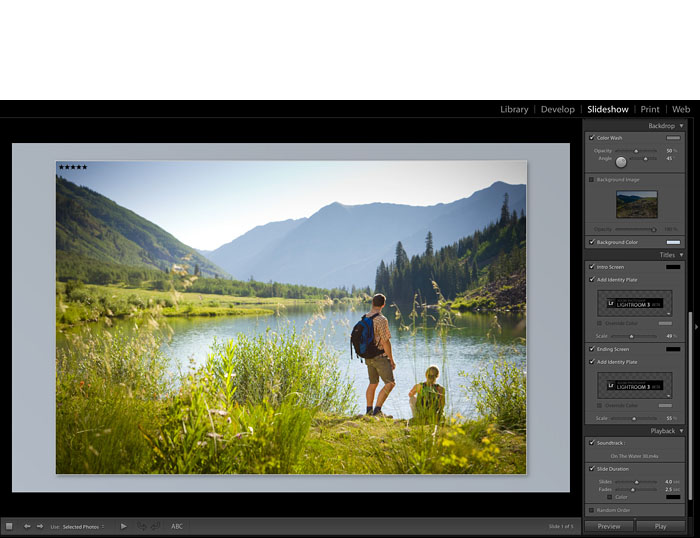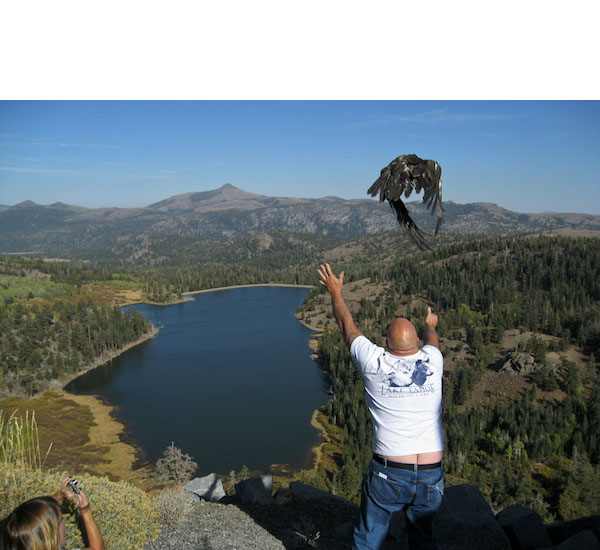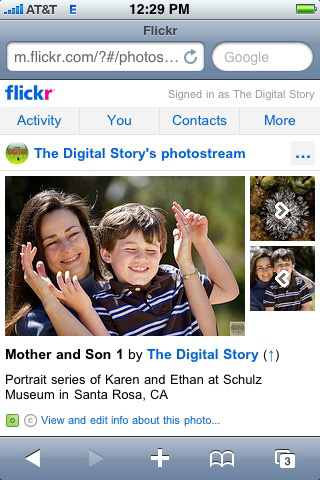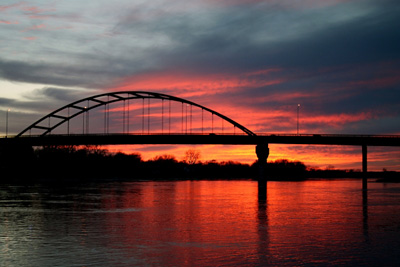Adobe has put much work into the beta version of Lightroom 3. Now it's your turn. Lightroom 3 public beta is available now for download at the Adobe Labs site. This is your opportunity to test the next generation of Adobe's comprehensive photo management software.
Although there are plenty of new features in this beta release, a key focus is image processing. Adobe is striving for the best image quality possible and has once again paid lots of attention to the Develop module. You'll be able to see the difference with your own eyes because you can process a Raw file with either the older Lightroom 2 algorithms or the new beta 3 processing -- in the same application. This "processing versioning" is a first for Lightroom. They are retaining the version 2 processing for older images. Adobe doesn't want to change an image you've already adjusted. But you will have the option of reprocessing an older picture with beta 3 algorithms too. You'll be able to compare notes with others via Adobe's community forum. In the tests I've seen from Adobe, there's an improvement between Lightroom 2 processing and beta 3.
Screenshot 1 :You can now create HD slideshows with music... and export them as movies. Click to enlarge.
In terms of features, a few improvements that I really like include:
- Image import interface redesigned. Instead of having the import dialog as a completely separate function as it was in Lightroom 2, it's now integrated into the main program interface. It's quite attractive and easy to use.
- Slideshow authoring has also been improved, but what I really like is the ability to export your slideshows to movies using the H.264 codec. You can also include music in these HD beauties.
- Major improvements to sharpening and noise reduction. From what I've seen, these built-in tools look as effective as third-party plug-ins.
Computer Requirements
Mac users will need to have an Intel processor running Mac OS X 10.5 or 10.6 to launch Lightroom 3. Windows users can use Windows 7 or most of the currently supported operating systems by Microsoft.
Screenshot 2: The import dialog has been integrated into the Lightroom interface. Click to enlarge.
You don't have to be a current registered Lightroom user to try beta 3. So if you've been curious about this application, here's your opportunity to see the latest version for free. The beta will be in English only. Adobe wants your feedback, so be sure to participate in the forums if you give this a try.
Remember, this is beta software. Keep your important Lightroom libraries in version 2 and create test libraries for this beta 3. You won't be able to import version 2 libraries into beta 3. I recommend that you grab a handful of duplicate Raw files and just play.
-


























